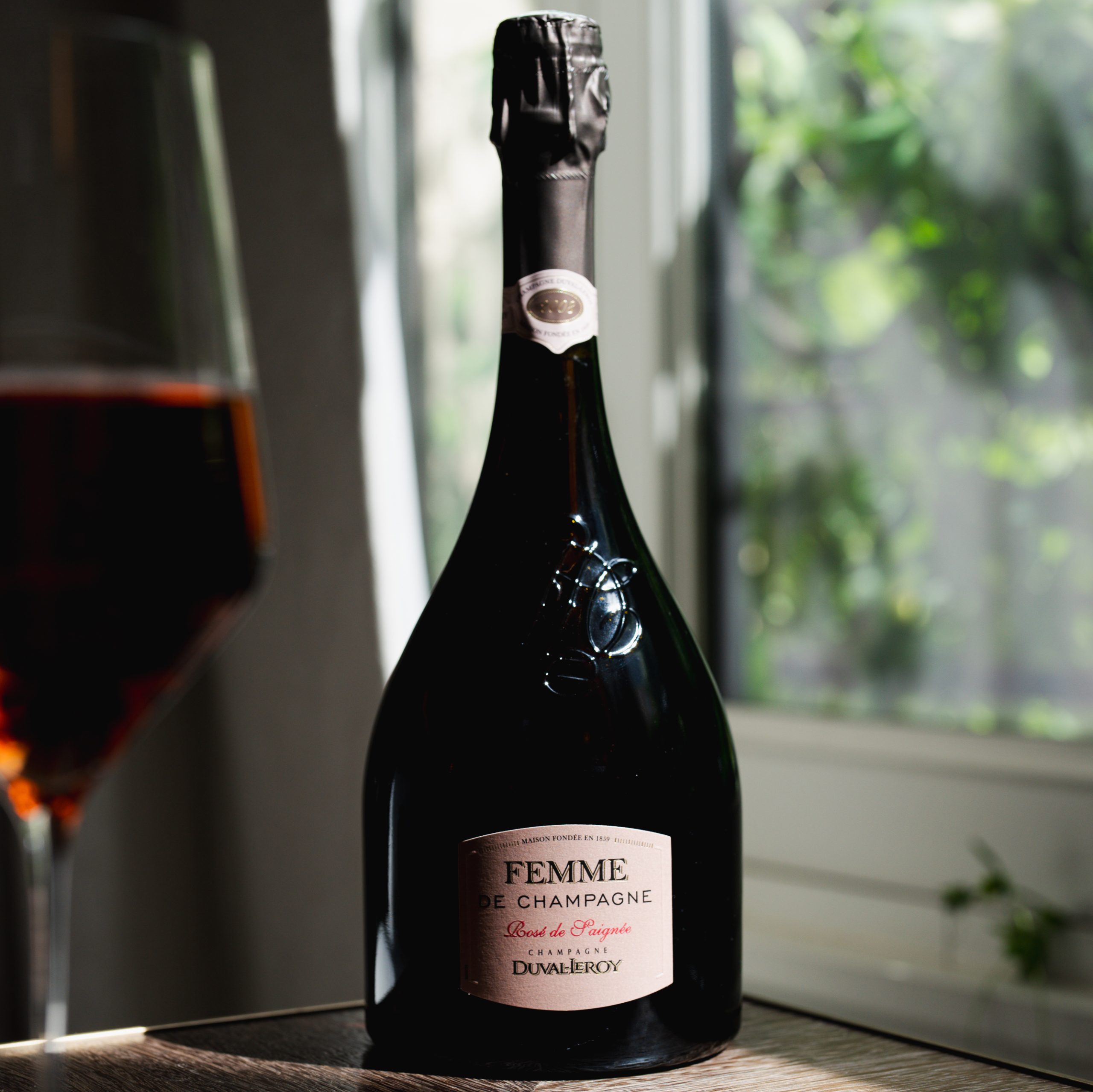Moet to drop dosage in Brut Imperial
By Patrick SchmittMoët & Chandon is to lower the dosage of its market-leading Brut Impérial from 12 grams per litre to 9 g/l according to its chef de cave Benoît Gouez.
This follows the decision by Dom Pérignon’s chef de cave Richard Geoffroy to gradually lower the sugar levels on the prestige cuvée, having dropped the dosage for its late-disgorged Oenothèque Champagnes.
As previously reported by the drinks business, Geoffroy said, “There has been a strategy of lowering the dosage in the last 10 years and we are now between 6 and 7 g/l.”
As noted in the drinks business 2011 Champagne Report, this decision by the biggest brand in the region follows a global trend towards adding less sugar to the world-famous fizz.
Partly explaining this development is kinder weather in Champagne, giving riper and more complex fruit with less reliance on a conventional dosage of between 10-12 g/l.
Michael Edwards writes in the Report, released with March’s db: “Even climate change sceptics cannot deny that, since 1990, harvests have progressively begun two to three weeks earlier than in the ’70s and ‘80s – in better-tended, eco-friendly vineyards, under warmer autumnal skies.”
Partner Content
As for the right level of sugar, opinions vary, but a balance appears to have been struck between 6-8 g/l, ensuring there is enough sugar to enhance the Champagne’s aromas but also protect the wine from premature oxidation.
Philippe Thieffry, senior winemaker at Veuve Clicquot, said: “If the Champagne has a moderate dosage – 6-8 g/l – and is well protected by SO2, it will release the same bouquet as one traditionally dosed at 10-12 g/l; it will not suffer oxidation.”
Below 6-8 g/l however, and Jean-Baptiste Lécaillon, vice-president at Louis Roederer, said that “you reach an oxidative stage that quickly changes the fruit and aromas of the wine.”
For the full analysis of falling sugar levels in Champagne, and the role of good dosage and disgorgement, see the Champagne Report 2011, pages 30-34.
Patrick Schmitt, 24.03.2011




